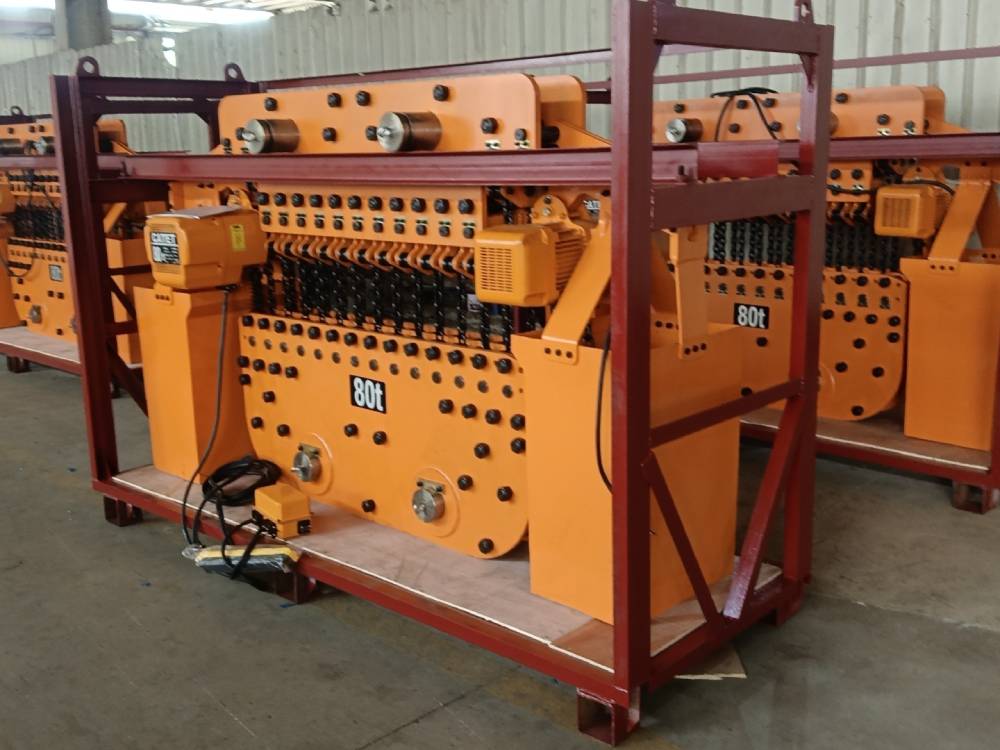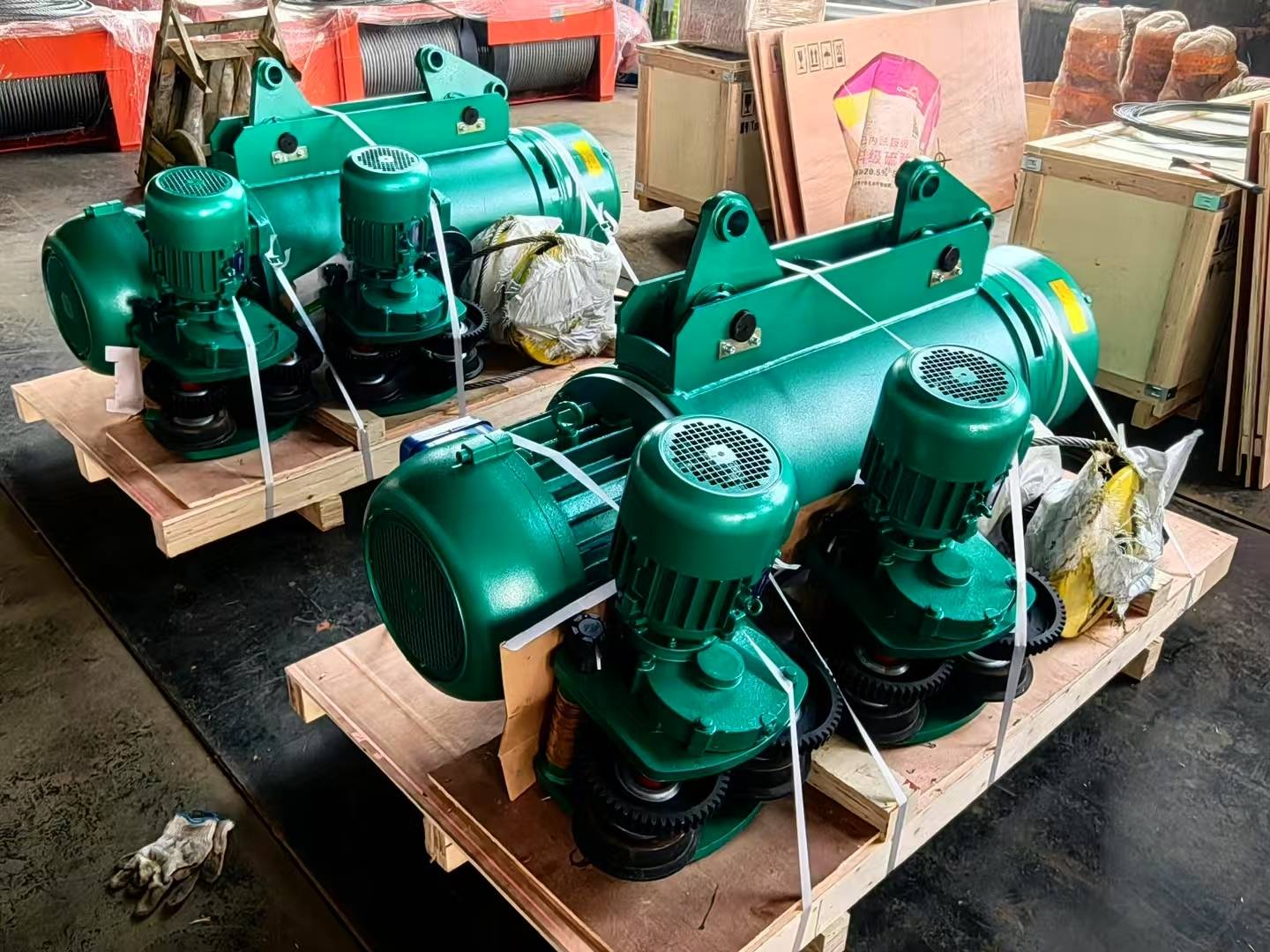Among lifting equipment, electric hoists are the most common lifting devices, while chain hoists and wire rope hoists are two widely used types of electric hoists. They each have their own characteristics and are suitable for different working environments and needs. This article will compare these two types of hoists to help you understand their differences and application scenarios.

Basic Definition of Chain Hoist and Wire Rope Hoist
Chain hoist: Chain hoist uses chain as the medium for lifting load. Electric-driven hoist drives the chain through the motor to lift and lower the load. Chain hoist is usually used for smaller lifting tasks, and its structure is simple and easy to maintain.
Wire rope hoist: Wire rope hoist uses wire rope as the lifting medium, and drives the wire rope drum to rotate through the motor to lift and lower the load. Wire rope hoist is more suitable for lifting tasks with medium and large loads. It has a more complex structure but a stronger load-bearing capacity.

Main Differences
Lifting capacity
Chain hoist: Suitable for smaller lifting tasks, usually with a lower load capacity, generally between 1 ton and 5 tons. Its advantage is that it is easy to operate and suitable for lighter loads.
Wire rope hoist: Suitable for carrying heavier loads, usually with a lifting capacity of 10 tons and above, and even higher lifting capacities can be customized. The strength and toughness of its wire rope make it more superior in heavy-duty tasks.
Applicable occasions
Chain hoist: mostly used in workshops, warehouses, construction sites and other places where short-distance, light-load lifting is required. The chain of the chain hoist is flexible to operate and is suitable for high-frequency, short-time lifting operations.
Wire rope hoist: suitable for heavy-duty operations such as factories, ports, and warehouses, especially when lifting heavy objects. The wire rope hoist has a sturdy structure and can continue to work in harsh environments.
Structure and weight
Chain hoist: The structure is relatively simple and compact, light in weight, and easy to move and install. Because the chain is more flexible, the lifting distance is smaller, but it is suitable for environments with lower working heights.
Wire rope hoist: Due to its larger lifting capacity, the structure of the wire rope hoist is more complex, larger in size, and heavier in weight. It is suitable for places that require a larger lifting height.
Maintenance and care
Chain hoist: Maintenance is relatively simple, and chain replacement and maintenance are relatively easy. Chain hoists can complete tasks in a short time without worrying too much about equipment loss.
Wire rope hoist: Due to the use of wire rope, it is necessary to regularly check and replace the wire rope, and the maintenance work is relatively complicated. In the case of long-term operation and frequent use, the wire rope may be worn, which requires special attention.
Running speed
Chain hoist: Chain hoists usually operate at a slower speed, suitable for more precise load control and lower operating requirements.
Wire rope hoist: Wire rope hoists can be faster and are suitable for situations that require higher operating efficiency. Its lifting speed can also be adjusted by frequency conversion drive.


